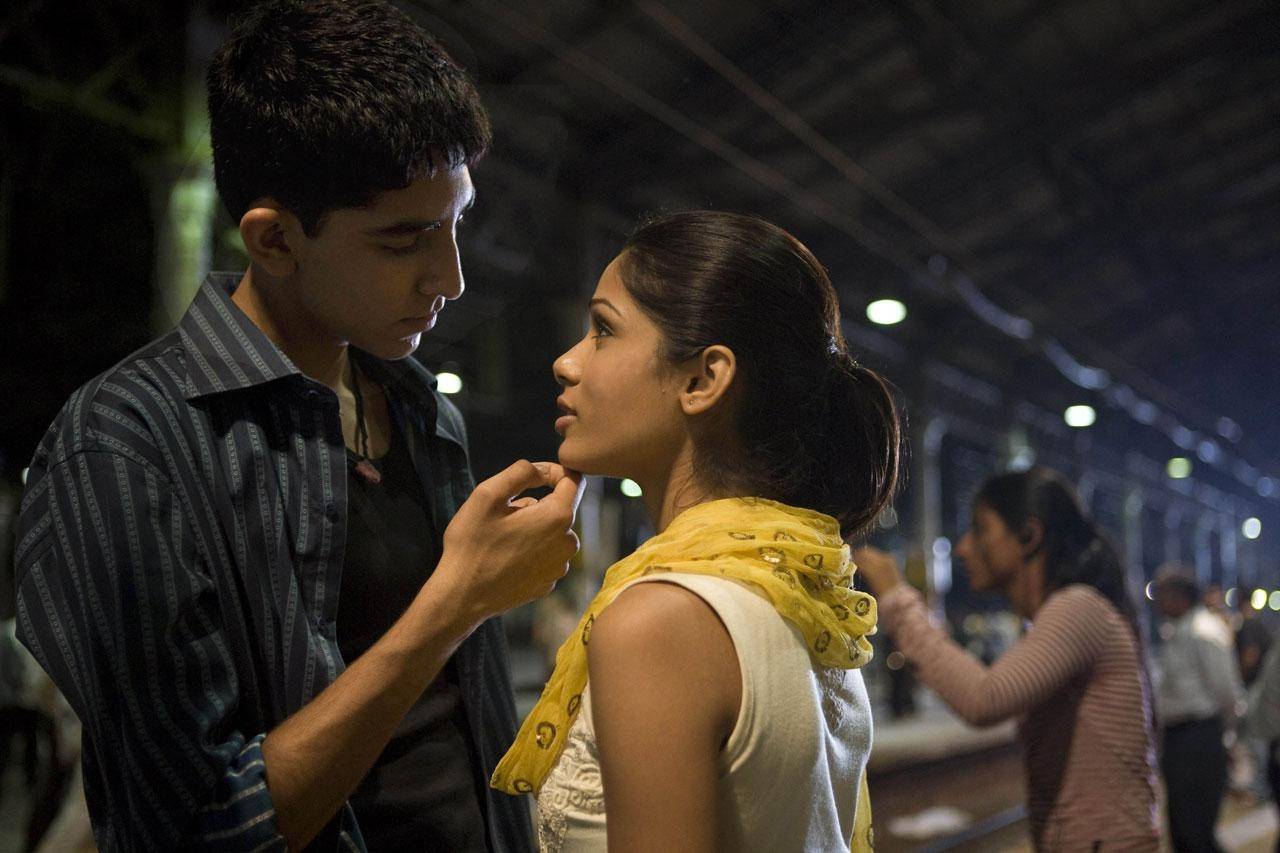

On this, Barbarika replied that a single arrow was enough to destroy all his opponents in the war, and it would then return to his quiver. He baited Barbarika by mocking him for going to the great battle with only three arrows. The omnipresent Krishna, disguised as a Brahmin, stopped Barbarika to examine his strength. He rode to the field on his Blue Horse ( Neela Ghoda) equipped with his three arrows and bow. He promised his mother that if he felt the urge to participate in the battle, he would join the side which would be losing. When Barbarika learnt that battle between the Pandavas and the Kauravas had become inevitable, he wanted to witness what was to be the Mahābhārata War. Hence, Barbarika came to be known by the appellation Teen Baandhaari, the ‘Bearer of Three Arrows.’ Later, Agni (the God of Fire) gave him the Bow that would make him victorious in the three worlds. Shiva, pleased with him, gave him the three infallible arrows ( Teen Baan). He learnt the art of warfare from his mother. Even in his childhood, Barbarika was very brave warrior. He was the son of Ghatotkacha, son of Bhima, by his wife Nagakanya Ahilawati.

Barbarika was a grandson of Bhima, Second of the Pandava brothers. The saga of Shyam Baba begins with the Mahābhārata. Their wishes would be granted and troubles removed if they worship Shyamji (Barbarika) with a true piety. Krishna had declared that Barbarika’s devotees would be blessed just by pronouncing his name from the bottom of their hearts. The original Sanskrit name Barbarīka is often replaced in Rajasthan by the Hindi version, Barbarīk, often written as Barbareek.īarbarika had obtained a boon from Krishna to the effect that he would be known by Krishna’s own name ( Shyam) in the Kaliyuga era (presently ongoing) and worshipped. This manifestation is especially popular in the Indian state of Rajasthan. In Hinduism, Khatushyamji is a name and manifestation of Barbarika, son of Ghatotkacha.


 0 kommentar(er)
0 kommentar(er)
